Herbs de Provence Seasoning: The Secret Weapon in Your Spice Cabinet
Have you ever wondered how French chefs make their dishes smell like a summer breeze and taste like sunshine? Meet Herbs de Provence Seasoning, the aromatic blend that’s been stealing hearts (and flavoring pans) across the globe for decades. In this article, we’ll uncover everything you need to know—from its rustic roots to modern-day magic tricks in your kitchen.
Table of Contents
- The Roots of Herbs de Provence
- What Exactly Is Herbs de Provence?
- Flavor Profile & Common Ingredients
- Creative Ways to Use It in Everyday Cooking
- Pro Tips: How to Choose or Make the Best Blend
- Spice Pairings: What Goes Well With Herbs de Provence?
- How Different Cultures Are Adopting This Classic Mix
- Storing Like a Pro: Keep Your Herbs Fresh & Fragrant
- Common Myths Busted
- Conclusion: Herbs de Provence – A Timeless Flavor Treasure
The Roots of Herbs de Provence
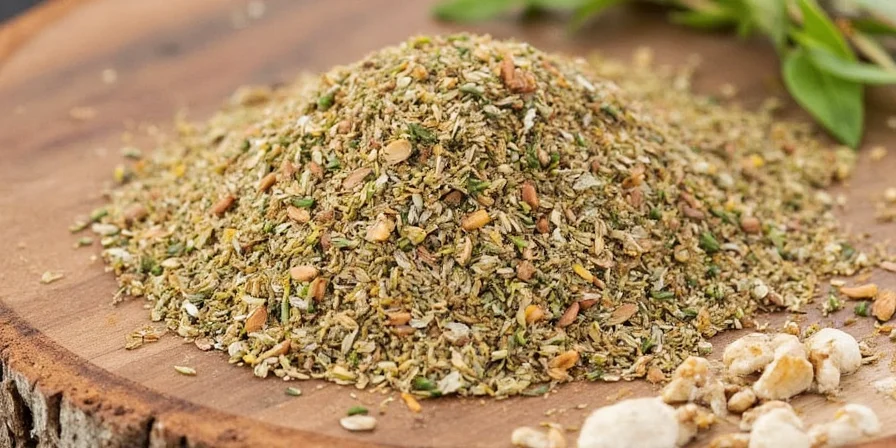
Born in the sun-drenched hills of Southern France, specifically the Provence region, this iconic spice blend was traditionally made from whatever fresh or dried herbs were on hand during harvest season. Originally a way to preserve the essence of summer through winter, it has evolved into a staple spice blend loved by chefs and home cooks alike around the world.
What Exactly Is Herbs de Provence?
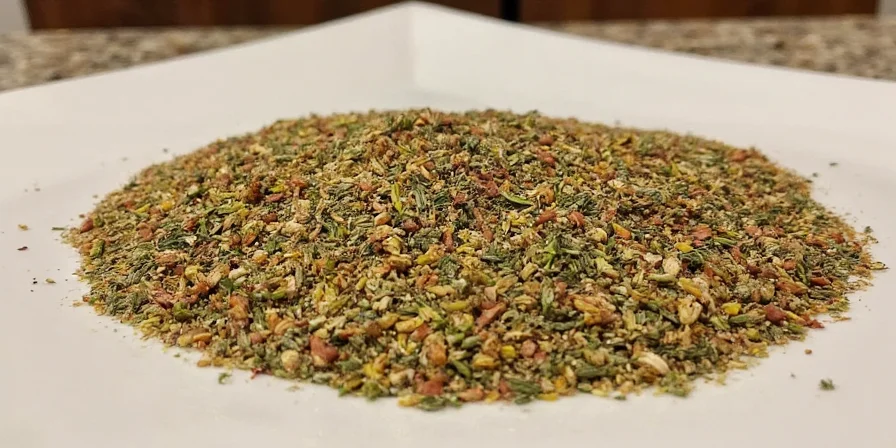
At its core, herbs de provence is a mix of dried Mediterranean herbs, typically including:
- Thyme
- Rosemary
- Oregano
- Marjoram
- Lavender (in some traditional blends)
Some modern variations might include basil, sage, or savory, depending on regional preferences or brand interpretations. The key is balance—no single herb should overpower the others.
Flavor Profile & Common Ingredients
| Ingredient | Flavor Note | Function in the Blend |
|---|---|---|
| Thyme | Earthy, subtle lemony | Foundation note, adds depth |
| Rosemary | Pine-like, bold, aromatic | Adds punch and structure |
| Oregano | Peppery, pungent | Provides warmth and spice |
| Marjoram | Sweet, delicate, milder than oregano | Softens the stronger flavors |
| Lavender | Floral, perfumey | Adds complexity and uniqueness |
Creative Ways to Use It in Everyday Cooking
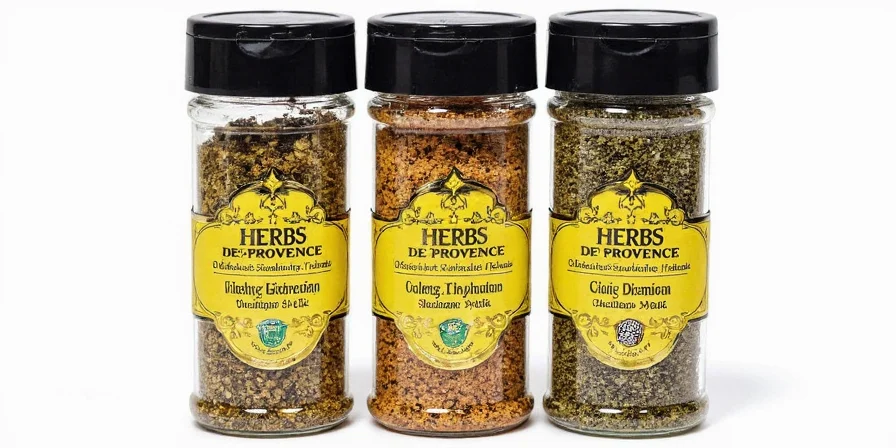
Don’t just think of it as a meat rub. Here are 5 unexpected uses for herbs de provence:
- Roasted Veggie Magic: Toss carrots, potatoes, or zucchini with olive oil and a generous sprinkle before roasting.
- Homemade Bread Boost: Add a teaspoon to focaccia dough or brush it onto the top before baking.
- Salad Dressing Twist: Whisk into vinaigrettes for an instant flavor lift.
- Grilled Cheese Upgrade: Sprinkle a pinch inside your grilled cheese sandwich for a floral crunch.
- Compound Butter: Mix with softened butter and slather on steak, corn, or crusty bread.
Pro Tips: How to Choose or Make the Best Blend
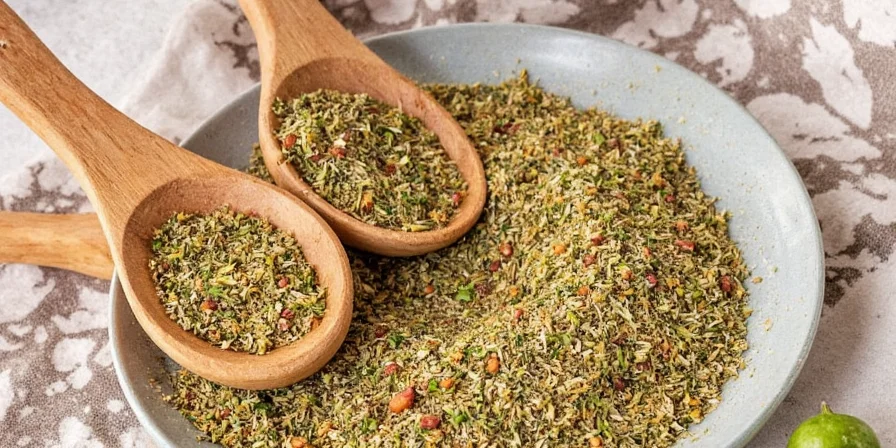
- Freshness Matters: Look for blends where the herbs are vibrant in color and aromatic when opened.
- Avoid Fillers: Some store-bought versions add salt or other cheap fillers. Read the label!
- DIY Version: Mix equal parts dried thyme, rosemary, marjoram, and oregano. Add a touch of lavender if you’re feeling adventurous.
- Customize: Adjust ratios based on what you cook most. More rosemary for meats, more marjoram for veggies.
- Use Whole Leaves: If grinding yourself, whole leaves retain more flavor than pre-ground powders.
Spice Pairings: What Goes Well With Herbs de Provence?
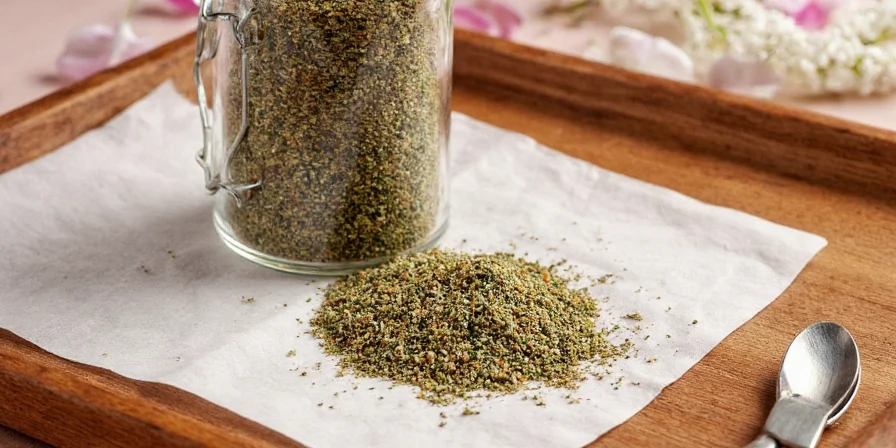
Herbs de Provence plays well with many flavors, especially those found in Mediterranean cuisine:
- Lemon: Brightens the herbal notes
- Garlic: Natural pairing for roasted or sautéed dishes
- Olive Oil: Base for many classic applications
- White Beans: Adds depth to soups and stews
- Seafood: Surprisingly good with grilled fish like cod or halibut
How Different Cultures Are Adopting This Classic Mix
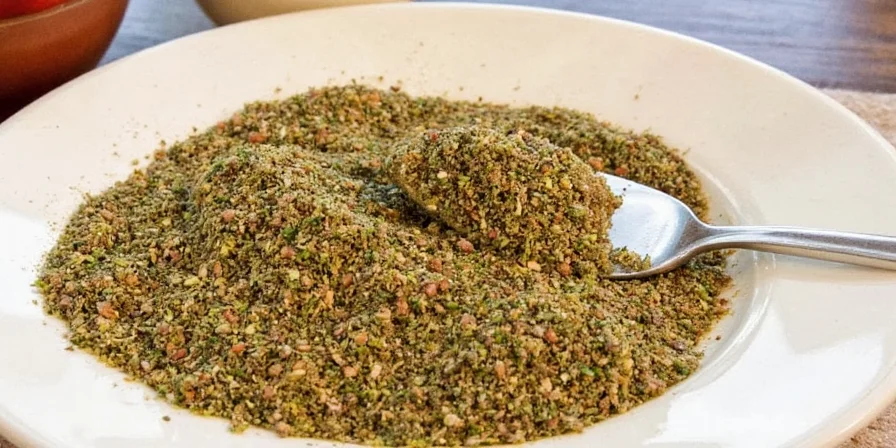
While rooted in French tradition, herbs de provence has crossed oceans and borders:
- USA: Used in gourmet burgers and artisanal potato chips
- Mexico: Blended into marinades for grilled chicken tacos
- Japan: Infused into ramen oils or tempura dipping sauces
- Australia: Popular in bushfire grilling culture
- India: Occasionally used in fusion kebabs or tandoori-style vegetables
Storing Like a Pro: Keep Your Herbs Fresh & Fragrant
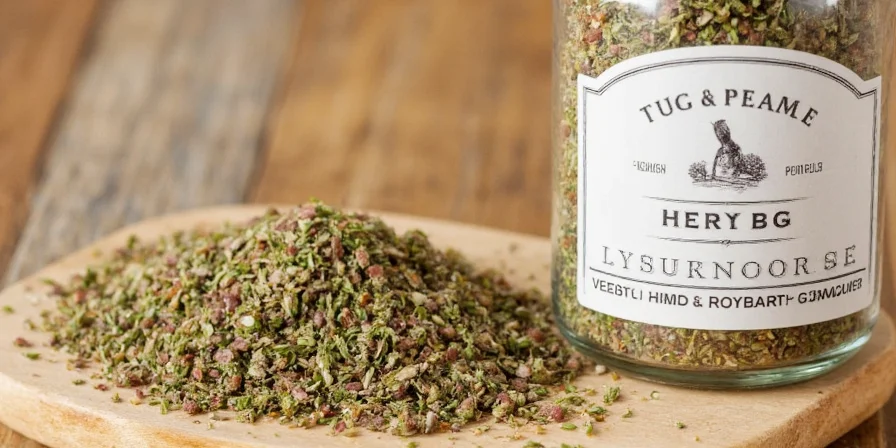
- Airtight Containers: Store in glass jars away from heat and light.
- Label & Date: Know when you bought or made it—most blends stay potent for up to 6 months.
- Freeze Dried Herbs: For long-term storage, freeze in vacuum-sealed bags to preserve flavor.
- Keep Away From Steam: Moisture reduces shelf life and potency.
- Revive Old Herbs: Toast lightly in a dry pan to reawaken the aroma before use.
Common Myths Busted
| Myth | Reality |
|---|---|
| You must have lavender in your blend | Lavender is optional—many modern blends skip it to avoid overpowering flavors |
| All herbs de provence mixes are the same | Blends vary widely—check ingredients or make your own for consistency |
| You can only use it on meats | Works great with veggies, breads, eggs, and even desserts (lavender fans rejoice!) |
| It’s only for French food | It's incredibly versatile—use it globally! |
| It’s expensive to buy quality blends | DIY is easy and affordable—just get quality individual herbs |
Conclusion: Herbs de Provence – A Timeless Flavor Treasure
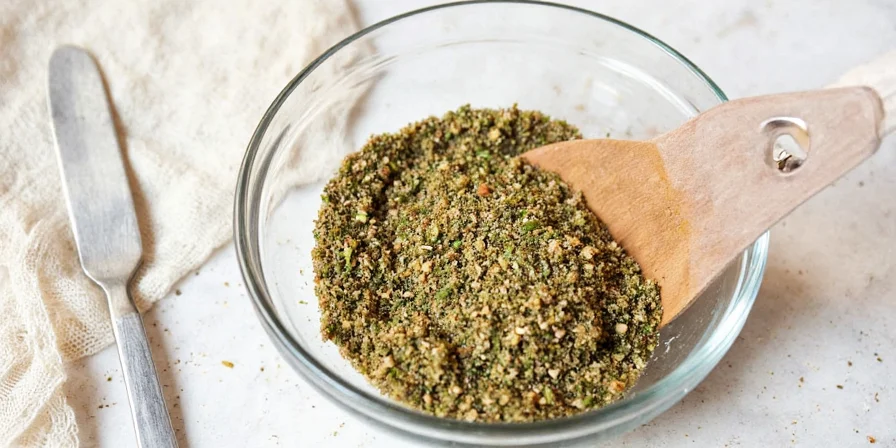
From humble French kitchens to five-star restaurants around the world, herbs de provence seasoning continues to charm and inspire. Whether you're roasting a chicken, grilling eggplant, or spicing up your morning toast, this blend brings a burst of sunny flavor wherever it goes. So next time you reach for that jar, remember—you're not just adding flavor; you're sprinkling a little bit of Provençal soul into your dish.

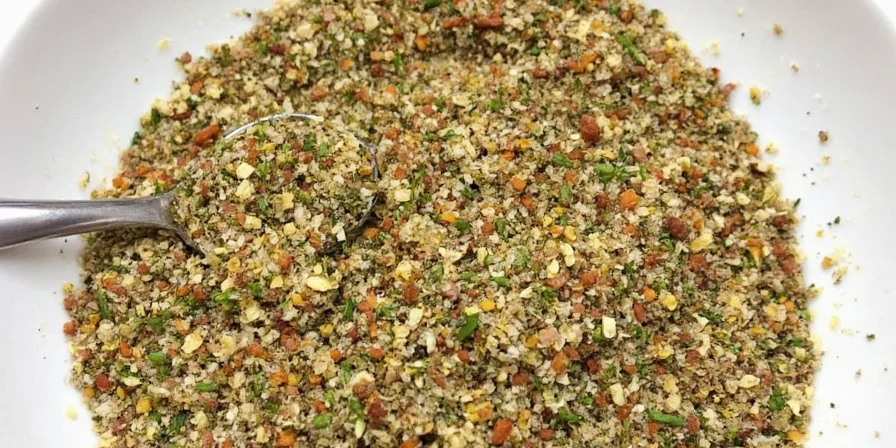









 浙公网安备
33010002000092号
浙公网安备
33010002000092号 浙B2-20120091-4
浙B2-20120091-4